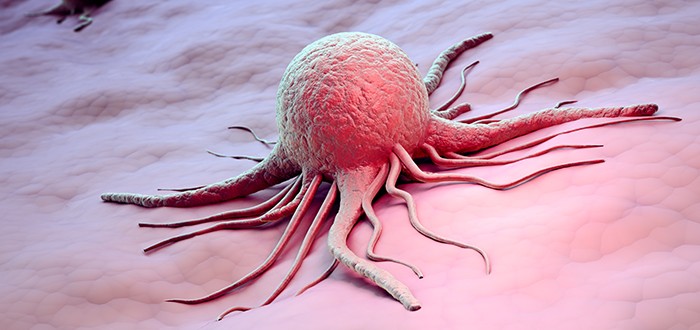Mesothelioma cells operate much the same as healthy cells in certain regards. But not when it comes to their mitochondrial functions. Researchers think the difference may eventually open a new front for attacks on mesothelioma.
Researchers from the from University of Chicago, Northwestern University, City of Hope, University of Maryland and Dana-Farber Cancer Institute have been working together to explore mitochondrial function in mesothelioma.
They believe that the cancer may be vulnerable to drugs that inhibit mitochondrial action. They also hold the view that mitochondrial morphology can be used as prognostic tool to predict how well targeted mitochondrial inhibition will work.
The researchers say there are two mitochondrial inhibitor drugs that should be tested on mesothelioma patients. They are metformin and mdivi-1.
The researchers note that metformin has been used to treat diabetes. However, it is “an attractive but still largely unproven proposition” as far as mesothelioma is concerned.
It’s an unproven proposition because there is conflicting evidence concerning metaformin and cancer. As a result, there isn’t a consensus as to how to effectively use metaformin in an oncology setting.
Nonetheless, the researchers concluded that metaformin deserves a closer look.
Mesothelioma Cell Lines Studied
The researchers laid out their findings in the journal Scientific Reports. They said their objective was to study the functional activity of mitochondria in mesothelioma.
The scientists said their measurements of mitochondrial activity and morphologies revealed that mesothelioma cells contain mitochondria in many shapes and sizes.
In H2373 and H2596 mesothelioma cells, mitochondria run the gamut from narrow and long to leaf-like. In H28 and H513 mesothelioma cells, the mitochondria are either bunched together or fragmented.
The one thing all the different sizes and shapes had in common was their ability to work together. The researchers said mitochondria in mesothelioma cells unite into a dynamic network.
Networking enables them to individually modify their behavior as needed. For example, modification might be called for if the cell’s energy requirements go up or down. Or it might be needed if the cell is subjected to stresses that would otherwise cause it to malfunction.
The researchers also examined fractal dimension and lacunarity in mesothelioma cells. They explained that measuring these qualities allows for the quantification of mitochondrial morphology — necessary in order to predict mesothelioma tumor tissue response to mitochondrial inhibition.
Focus on Mesothelioma Gene Mutations
The researchers observed that mitochondrial dynamics play a role. Mitochondrial dynamics refers to the process of cycling between mitochondrial fission and fusion, they explained.
The purpose of these dynamics is to enable the mitochondria to remain intact and operational at all times. But fission and fusion increase and decrease with changing circumstances, they added.
For example, fission increases when apoptosis commences. Fusion increases when the cell is put under stress — one form of stress being cytotoxicity.
The researchers suggest that changes in mitochondrial morphology may be a byproduct of altered activity and expression of mitochondrial fission and fusion regulators.
However, they contend there may be one other explanation — changes in mitochondrial transport and localization in the cytoplasm.
Of this they cannot be sure without more study. “Given that mesothelioma cells display a range of mitochondrial morphologies, a more systemic investigation of the reciprocal regulation of the cytoskeleton and mitochondrial dynamics and functionality in cell migration is now warranted,” they wrote.
The researchers said they would also like to use additional studies to explore their notion that differential gene alterations can contribute to metabolic changes and altered mitochondrial morphologies.
The gene alterations they said they would be most interested in probing are those resulting in loss or mutation of the notorious BAP1 gene and others.
The title of the study is “Unique Fractal Evaluation and Therapeutic Implications of Mitochondrial Morphology in Malignant Mesothelioma.”

